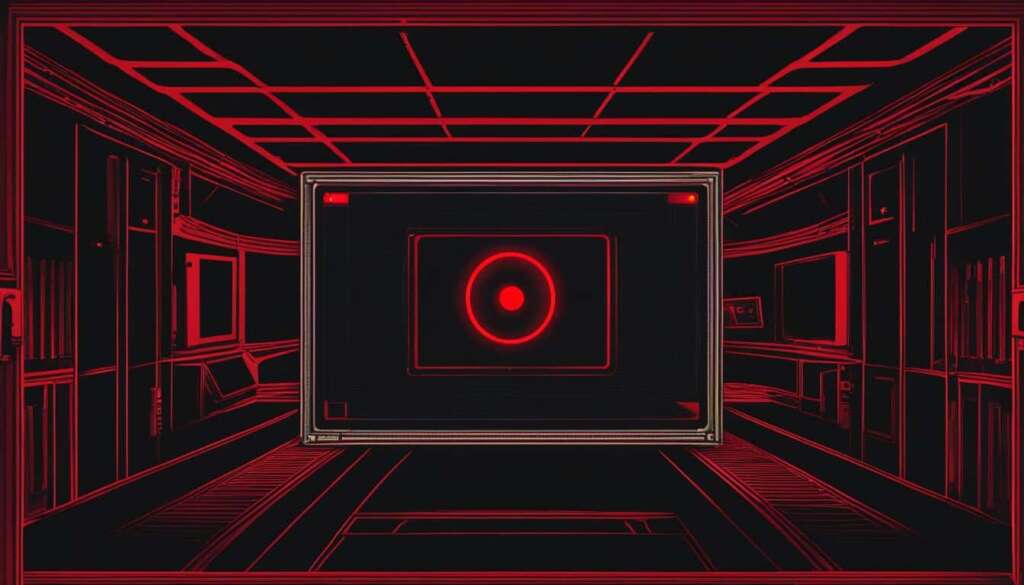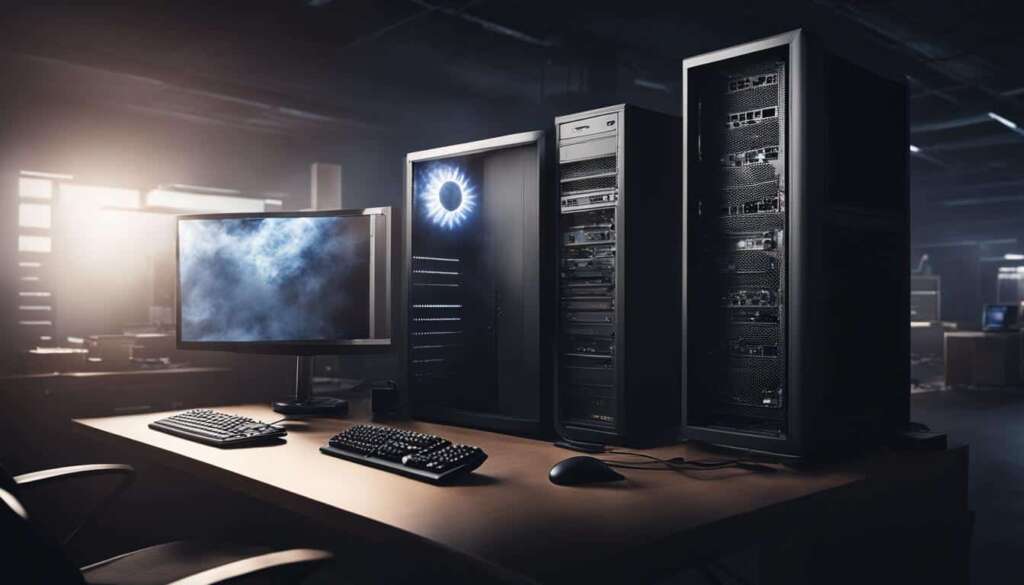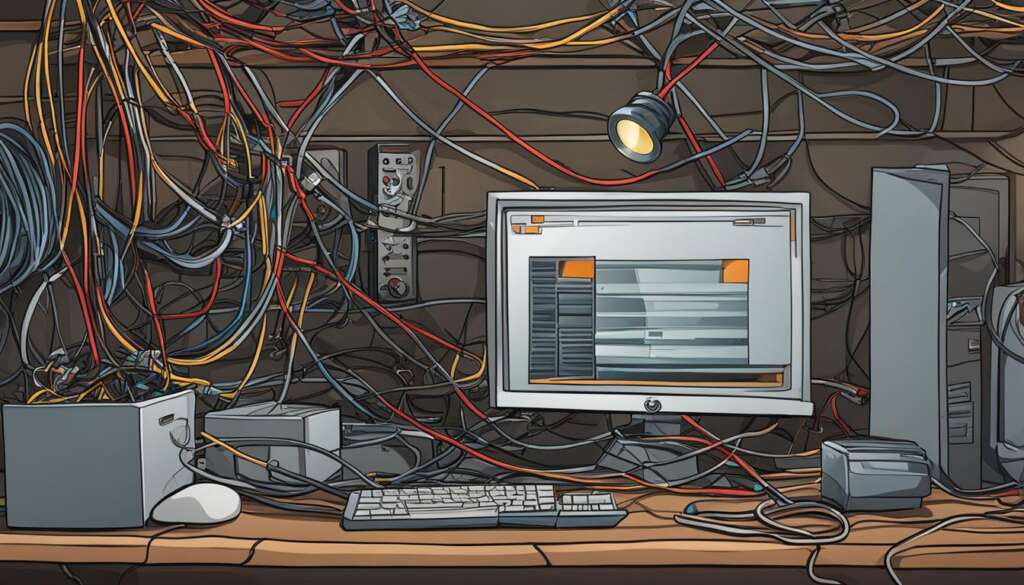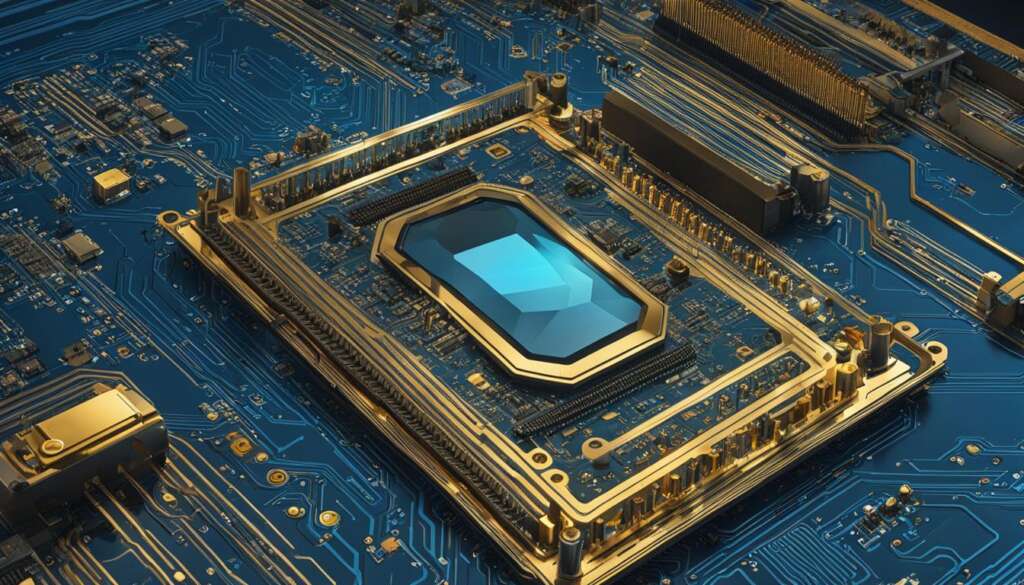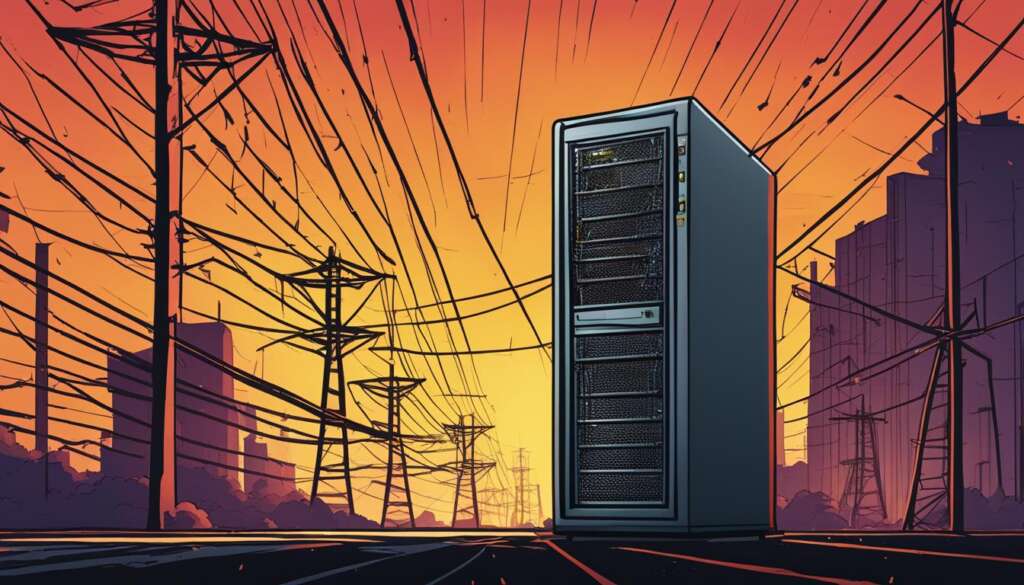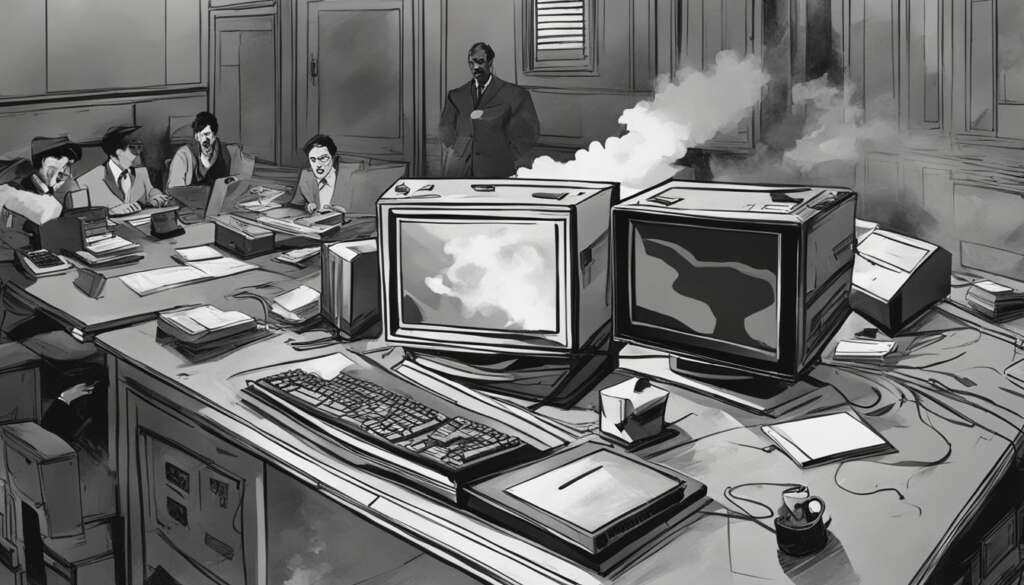Table of Contents
If you’re faced with a computer that won’t turn on, don’t panic. There could be several reasons for this issue, including power problems, hardware issues, or software bugs. Instead of rushing to replace your computer, try these troubleshooting tips to get it up and running again.
Firstly, make sure that your PC is properly plugged into a functioning power outlet. It may seem obvious, but sometimes a loose or faulty power connection can prevent your computer from turning on. Check the power cable and ensure that it is securely inserted into both the computer and the power outlet.
If the power connection is fine, the next step is to check the power button. Sometimes, a faulty power button or a stuck key can prevent the computer from starting up. Try pressing the power button a few times to see if it responds. If not, you can try using a different power button if your computer has one. Alternatively, you can also try resetting the power button by unplugging the computer, removing the battery (if applicable), and holding down the power button for 10-15 seconds.
Another potential issue could be with the display. If the computer starts, but the display remains black, it could indicate a problem with the monitor or the graphics card. Start by checking the connections between the monitor and the computer. Ensure that the cables are securely plugged in and that there are no loose connections. If the issue persists, try connecting the monitor to another computer to see if it works. If it does, then the problem may lie with the graphics card.
Remember, troubleshooting PC startup issues can be challenging, but with patience and a systematic approach, you can often identify and resolve the problem. If the previous troubleshooting steps don’t solve the issue, be sure to check out the next section for additional troubleshooting steps.
Power Button and Display Issues
One of the most frustrating experiences when dealing with a PC that won’t turn on is encountering power button or display problems. These issues can prevent the computer from starting up properly and leave users at a loss for how to proceed. If you find yourself in this situation and pressing the power button yields no response, or if the computer starts but the display remains black, follow these troubleshooting steps to pinpoint and resolve the underlying issues.
- Check the power source: Ensure that the PC is properly connected to a power outlet and that the outlet is functional. Try plugging the computer into a different outlet to eliminate the possibility of a power supply problem.
- Inspect the power button: Examine the power button carefully for any physical damage or debris that may be hindering its functionality. Gently clean the button if necessary, being cautious not to apply excessive force.
- Perform a hard reset: Sometimes, a PC may experience a temporary glitch that prevents it from turning on properly. To resolve this, disconnect all external devices, such as USB drives or external monitors, and then press and hold the power button for at least 10 seconds. Release the button, reconnect the power cable, and try turning on the computer again.
- Test the display: If the power button appears to be functioning correctly but the display remains black, determine if the issue lies with the monitor. Connect the PC to a different monitor or use a VGA/DVI/HDMI cable to connect it to a TV. If the display works with an alternative monitor or TV, the problem may be with the original monitor.
If none of these steps resolve the power button or display issues, further investigation may be required to identify and rectify the problem. In such cases, it is recommended to seek professional assistance or consult the PC manufacturer’s support team for guidance.
Additional Troubleshooting Steps
If you’ve tried the previous troubleshooting tips and your PC still won’t boot or start, there are a few more methods you can attempt to resolve the issue.
1. Check the Power Supply: Ensure that your PC is receiving power by verifying the power supply connections. Make sure the power cord is securely plugged into both the wall outlet and the back of your computer. If you’re using a power strip, try plugging the PC directly into the wall outlet.
2. Clear CMOS Settings: The Complementary Metal Oxide Semiconductor (CMOS) stores your computer’s configuration. Sometimes, incorrect CMOS settings can prevent your PC from starting. To clear the CMOS, locate the CMOS battery on the motherboard, remove it for a few seconds, and then put it back in.
3. Test Hardware: Faulty hardware components can also cause your PC to fail to start. Start by disconnecting all unnecessary external devices, such as printers or scanners, and then try booting your computer again. If it still doesn’t start, you can try removing and reseating the RAM modules, checking the hard drive connections, or testing with a different graphics card.
4. Consult a Professional: If you have tried all these troubleshooting steps and your PC continues to refuse to boot or start, it may be time to seek professional help. A certified technician will have the expertise to diagnose and fix the issue, ensuring your PC gets back up and running smoothly.
FAQ
Why won’t my PC turn on?
There could be several reasons for this issue, including power problems, hardware issues, or software bugs. Instead of rushing to replace your computer, try these troubleshooting tips to get it up and running again.
What are some common reasons for a PC not turning on?
Two common reasons are power button issues and display problems. If you press the power button and nothing happens, or if the computer starts but the display remains black, here are some steps you can take to troubleshoot and resolve these issues.
How do I troubleshoot power button issues?
First, ensure that the power button is firmly connected to the computer. If it is connected properly, try a different power outlet or power cable. You can also try a power reset by unplugging the computer, pressing and holding the power button for 30 seconds, and then plugging it back in and attempting to turn it on.
What should I do if my computer display is not working?
Start by checking the connection between the computer and the display. Make sure the cables are securely plugged in and that the display is powered on. If the connection is fine, try connecting the display to a different computer to see if the issue is with the display itself. You can also try resetting the display settings by pressing the Windows key + P to bring up the display options and selecting a different display mode.
What additional troubleshooting steps can I try?
If the previous troubleshooting steps don’t solve the problem, here are some additional methods you can try:
– Check that all hardware components are properly connected and seated.
– Remove any recently added hardware or software and see if the computer starts.
– Reset the BIOS settings by removing the CMOS battery for a few minutes and then reinserting it.
– If possible, try booting the computer in Safe Mode to see if it starts successfully.
– If all else fails, you may need to consult a professional technician or consider replacing faulty hardware.

